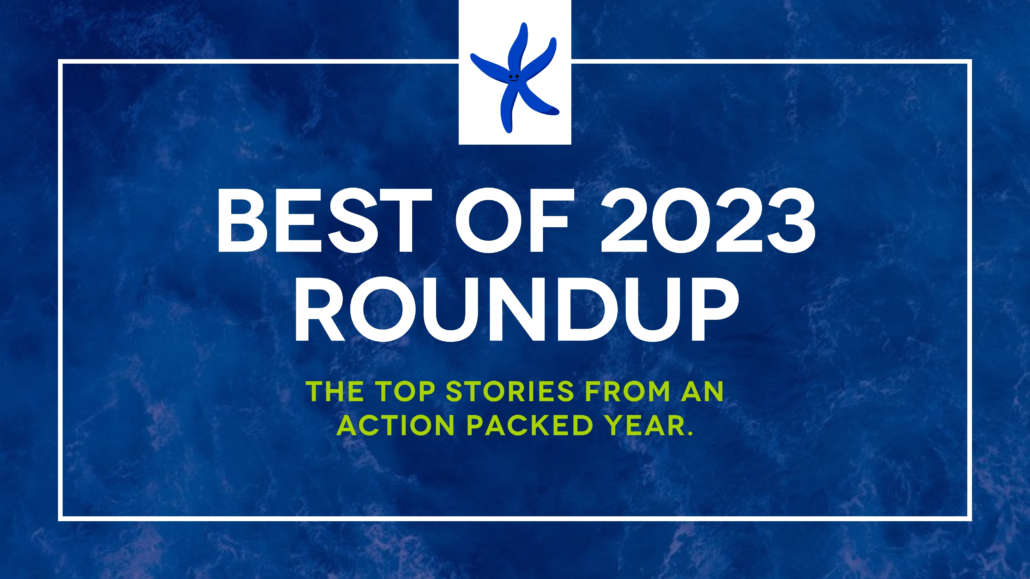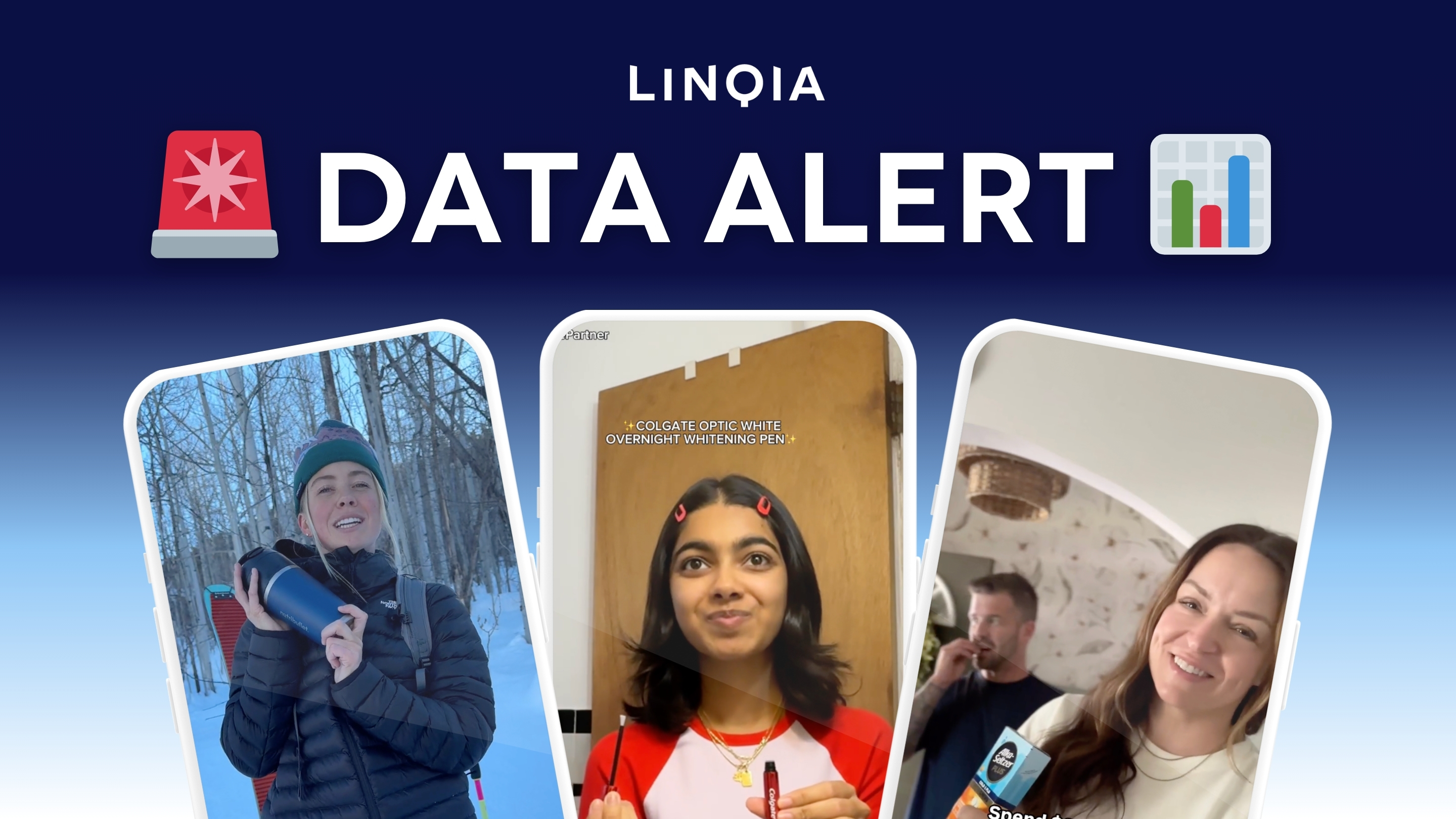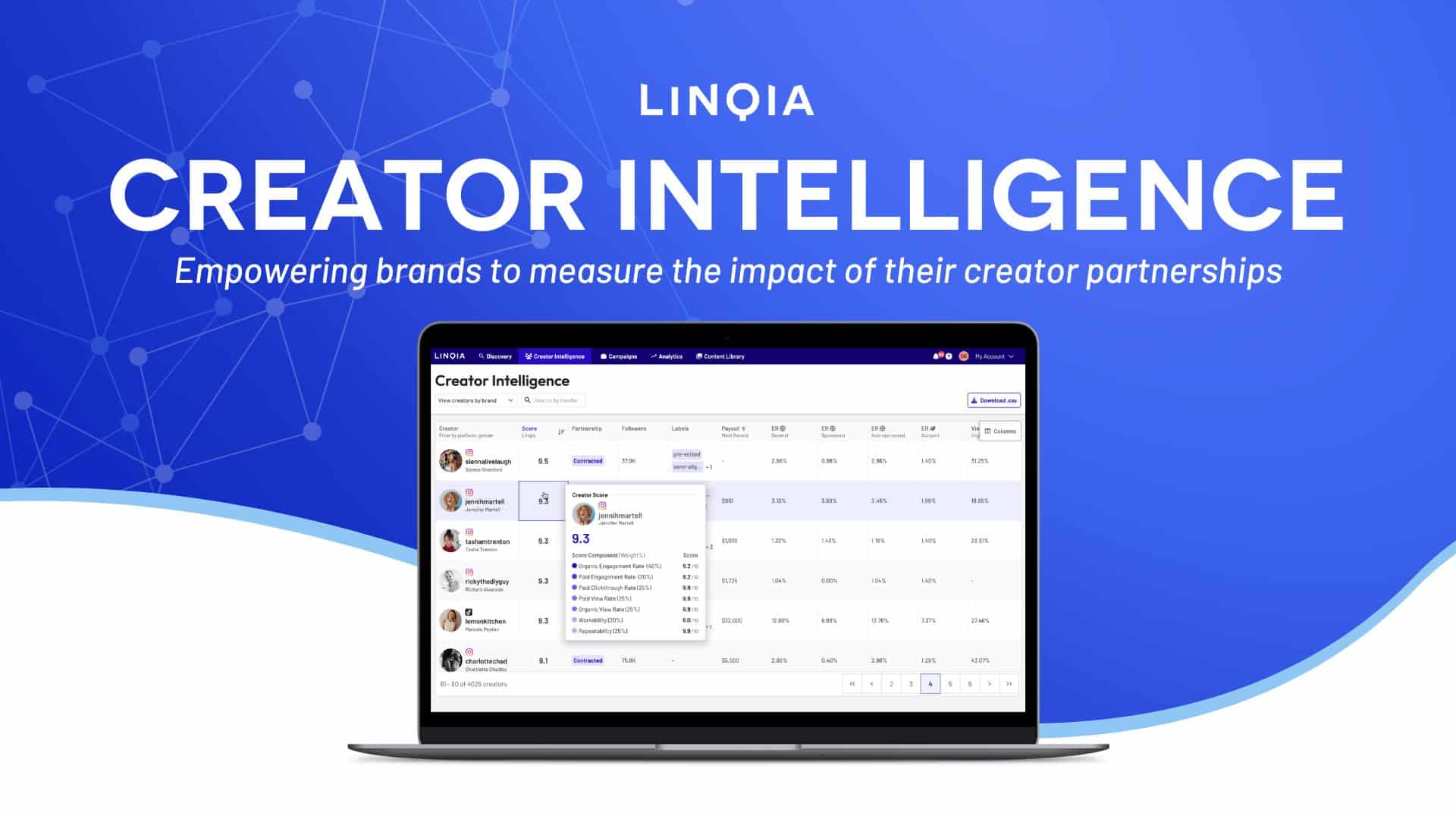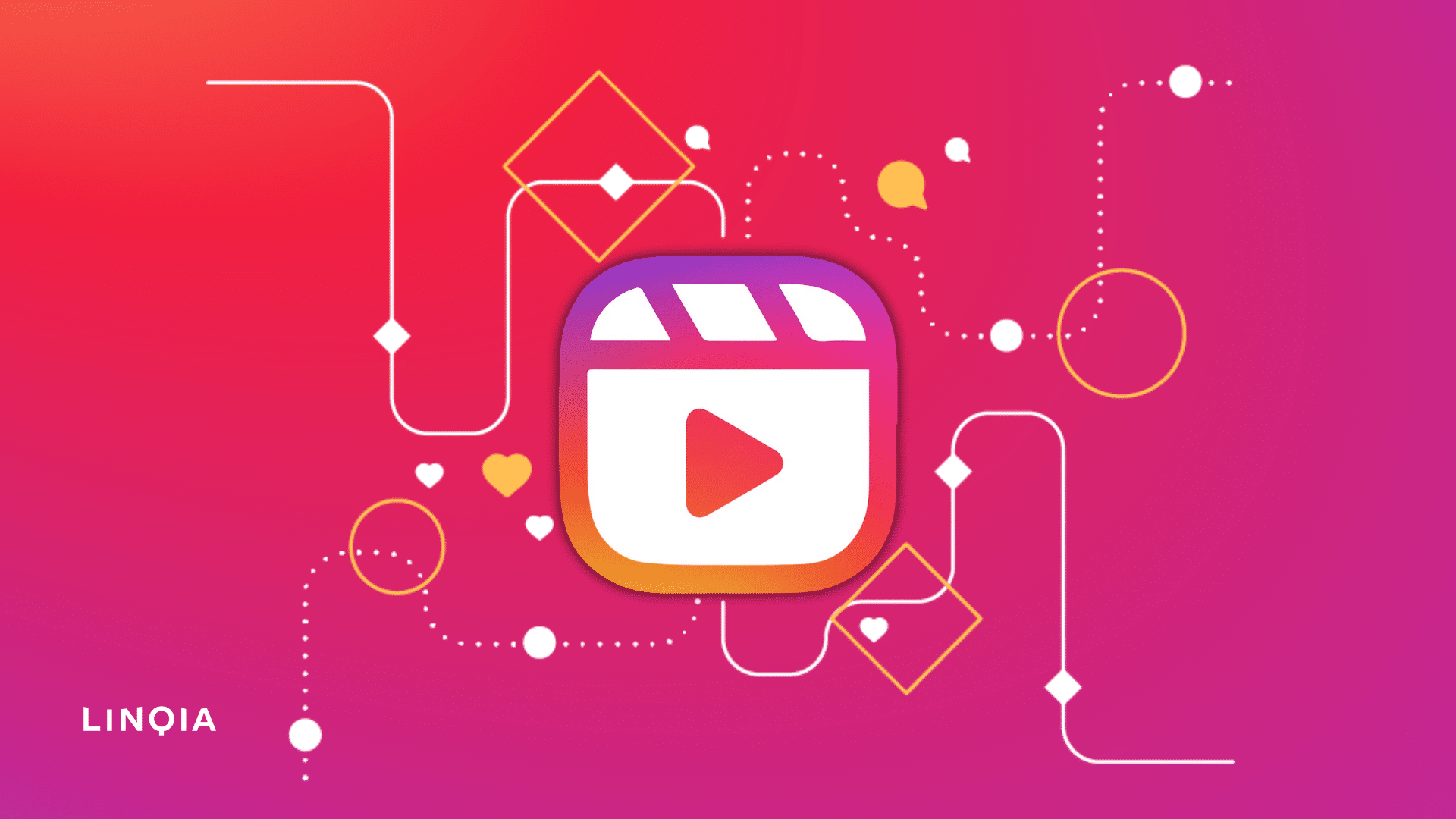That’s a wrap on an incredible 2023. Let’s rewind and highlight the biggest moments in social media and influencer marketing from an action-packed year. Keep reading for a breakdown of this year’s trends including the rise of de-influencing, the explosion of long-form content, the ever-evolving landscape of AI, and the power of brands embracing viral conversations.
TOP STORIES FROM 2023
De-influencing took center stage: Consumers are craving authenticity, and the trend of de-influencing, where creators call out inauthentic marketing and unrealistic beauty standards, gained momentum. Ulta Beauty’s refreshing approach is a prime example of how brands can navigate this trend.
Longer videos are here to stay. TikTok’s experiment with 15-minute uploads and Instagram’s testing of 10-minute Reels signal a shift towards captivating long-form content. According to TikTok, People now spend half their time on the platform watching videos that are longer than 60 seconds and over a six month period, creators who posted videos longer than one minute gained five times more followers than creators who posted videos shorter than a minute
AI is changing the game: From TikTok’s AI chat bot Tako to Meta’s AI-powered music tool MusicGen, AI is transforming the way we create and consume content. And with platforms like TikTok and Instagram adding labels for AI-generated content, transparency is key.
Shopping on social: Amazon’s TikTok-like Inspire feed and TikTok’s launch of shop are blurring the lines between social media and e-commerce. In 2023 we saw a more seamless shopping experience within your favorite apps. TikTok will have 33.3 million US social buyers this year, according to an Insider Intelligence forecast, with some 68% of Gen Z adults in the US willing to make a purchase on TikTok. But The Information has reported that shop could cost TikTok over $500 million in 2023 so profitability is not coming any time soon.
Creator collabs: Remember the Chipotle quesadilla hack? That’s the power of creator collabs! Brands tapped into the magic of virality by partnering with influencers to create unique experiences and products (see: Popeyes, Warby Parker and Panera).
Paying creators: Most platforms launched an ad revenue sharing program (Twitter included) but we saw a move away from creator funds (TikTok’s shut down their Creator Fund 2.0). Platforms are clearly still trying to figure out the best way to incentivize creators while keeping the most money in their own pockets (Meta to stop paying for Reels).
Platform subscriptions and verified users: A new era of exclusivity? Meta’s paid verification program and Twitter’s “For You” feed limited to verified accounts hint at a future where exclusivity reigns supreme. Nearly every platform now has a subscription option, primarily driven by European laws, and we expect that to impact the US too.
Reactive marketing: MAC cosmetics and Tube Girl, Airbnb and Alix Earle, Stanley Cup care fire, North Face mountain delivery, and Carnation rapping grandma – these are just a few examples of brands who attempted reactive marketing, turning viral moments into brand gold.
Beyond Social: 2024 will be the year where brands bring social initiatives beyond the phone. Youtube shared tips on how creators can optimize content for CTV and TikTok launched a new OOH offering brands. Linqia has also been developing CTV ads for partners using exclusively creator content. Your TV is going to look a lot more like social media in 2024.
Social media apps launch and sputter: Threads goes from the bell of the ball and the fasted download app in history to the back of the line, while BeReal, Lemon8, and Gas all sputter.
2023 was a year of innovation, disruption, and adaptation in the social media and influencer marketing world. As we head into 2024, one thing is certain: the pace of change will only accelerate. Be sure to follow Linqia for weekly updates!




